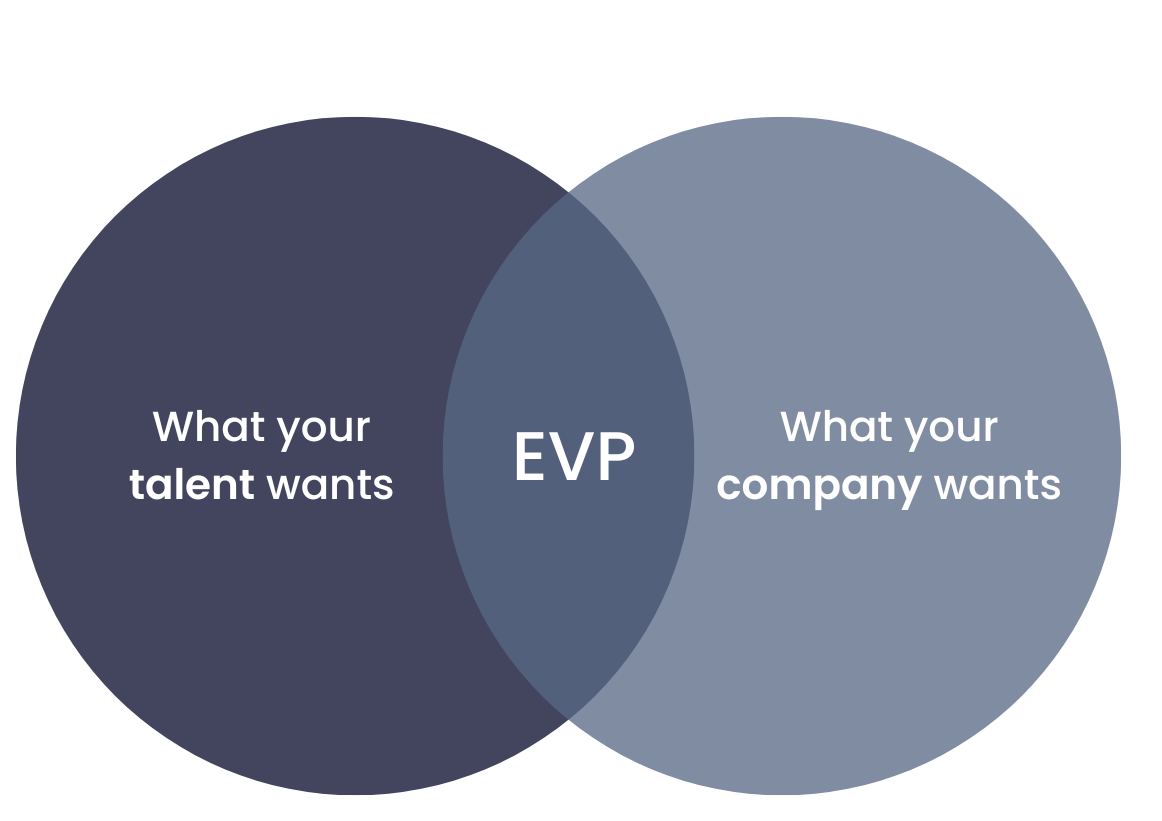Here’s the thing— 84% of job seekers say that the reputation of a company plays a big part in their decision to apply. (TalentNow) The war for talent is still being fought, with a hot labor market that still favors job seekers despite the cooler economy. That being said, reputation management and branding is a top initiative for most companies.
Given the finite number of truly exceptional people who can contribute to your organization, it’s critical that you can differentiate yourself from the competition in both luring new talent and retaining the team you have. These are the steps you should take to build a successful branding strategy to attract the best candidates.
1. Clarify who you want to appeal to
A mistake that many companies make, is they attempt to be the “best” company to work for.
That’s right. You do not need to be the best company to work for.
It’s about clarifying for whom it is a great place to work. When you broaden your net too wide, you end up weeding through the wrong audience. One person can find themselves struggling in one company, while wildly succeeding in another. One person may value flexibility, while another is looking for growth opportunities. Phenomenal talent doesn’t come in one shape or color, meaning that you need to understand the DNA of your own organization in order to bring in the right people. If you have the opportunity to work with a recruitment firm, they can help the team get a pulse on the right candidates to rope in.
86% of HR professionals believe recruitment requires equal footing with ‘marketing’. To keep you in the minds of candidates and enhance the sense of community among your current teams, your employer brand strategy must work hard. (This means that the external recruitment firm you select for your job search, should be carefully chosen.)
2. Use and gather data
No matter the size of the company, data should be gathered from meetings, exit interviews, surveys, and new hires. Data can determine what aspects of the employee experience are most valued in order to develop sincere internal and external messaging. You can also use this information to find issues that might be hindering your ability to draw in and keep talent. If you’re a larger company, you can do this by conducting internal surveys. If you’re a smaller company, you can hold open meetings with your teams. Once you can address these issues as part of your unified employer brand strategy, you can start making changes.
3. Create an Employer Value Proposition
Your promise to current and potential employees is known as your employer value proposition (EVP). What you have to offer is what will compel them to want to join your team, and as such, it serves as the cornerstone of your employer branding strategy.
Consider it a contract between a prospective employee and an employer. What can your business and culture give them in return for their abilities, knowledge, and experience? What does your company offer that makes it desirable?
This can be broken up into 5 categories:
- Compensation: Salary satisfaction? Bonuses?
- Benefits: Time off? Insurance? Holidays?
- Career: Professional development?
- Work Environment: Strong work-life balance? Autonomy?
- Culture: A thriving workplace culture? Support?
The majority of employer branding strategies ought to include a mix of these. But in addition to these benefits, you should also consider your company’s core principles.

